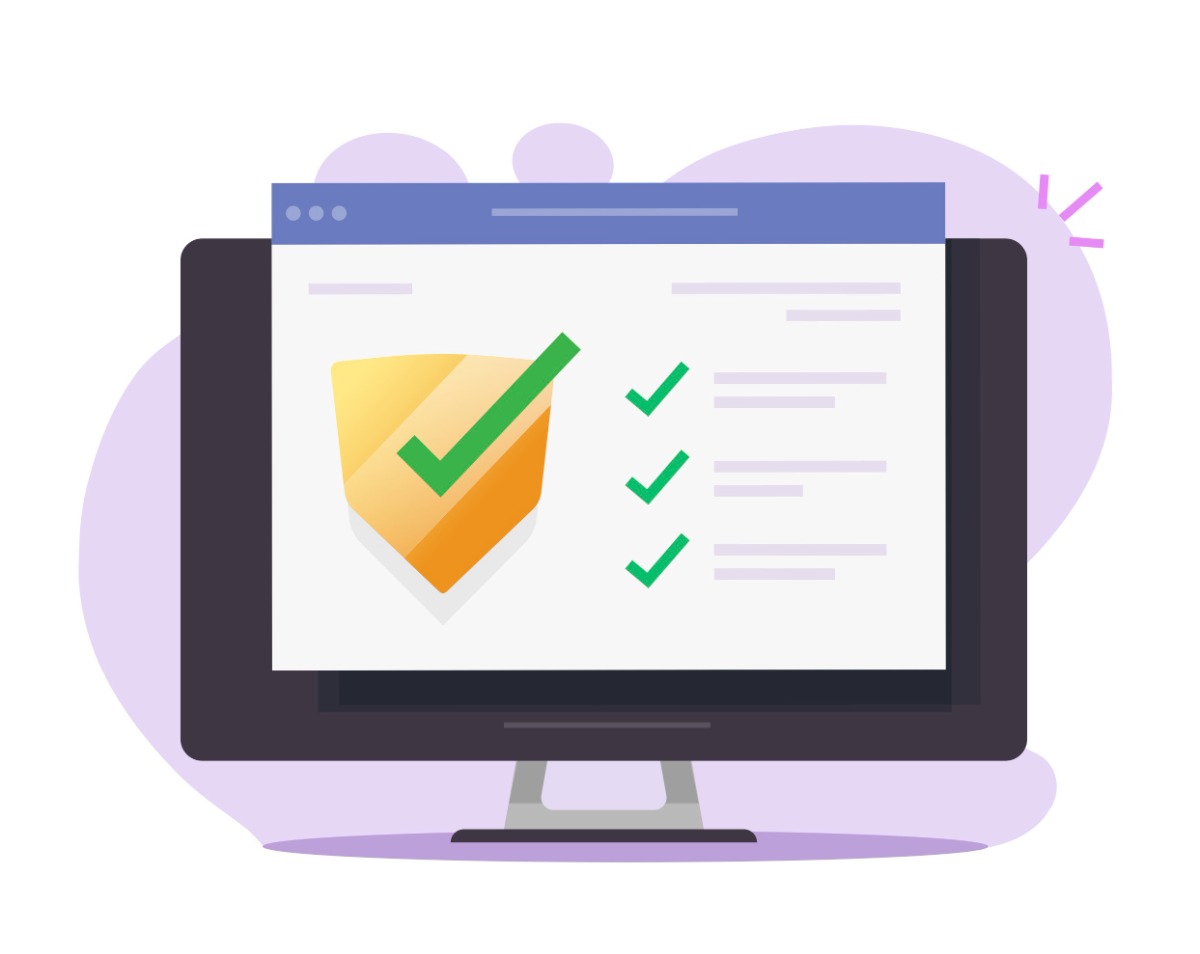
How to Keep Remote Exams Secure
Although COVID restrictions may be loosening, remote learning and exams aren’t going away. Many credentialing programs are using a dual-modality testing system that features both traditional test centers and live remote proctoring.
Remote exams offer many benefits for any organization that offers testing, including certification and licensure programs. They’re a great way for organizations to expand beyond their traditional geographic reach, adapt quicker to industry changes, meet consumer expectations for flexible exam formats, and lower costs and pass the savings to test-takers.
But people naturally have questions about remote exam security. Do security issues arise with remote proctoring? How do you mitigate content exposure and security breaches? What kind of technology should organizations use to keep remote exams secure?
Security must be a top priority when providing exams online. With certification and licensure programs, companies hiring need to be confident that candidates completed the exam on their own and have valid credentials.
The good news is that having a test security plan (TSP) in place can help organizations and test-takers enjoy the benefits of remote exams while increasing confidence in exam security.
What is a TSP?
A test security plan (TSP) is a comprehensive collection of policies, procedures, and key documentation for continuously maintaining test security in relation to your programs and exams. It’s designed to identify risks and threats, manage incidents, and outline actions needed to protect intellectual property (IP) and exam integrity.
A TSP is a powerful tool for helping your organization be more proactive and less reactive. It’s an integral part of developing and operating a credentialing program.
Using a TSP to Help Ensure Exam Security
The goal of a TSP is to yield valid test results, protect IP, and identify potential vulnerabilities, risks, and threats to program outcomes and reputation. To accomplish that, your TSP needs a strong foundation in these two areas:
- Technology
Online proctoring is a critical component of your remote exam security plan. This technology delivers security for exam-takers and the tests by:
-
- Verifying each test-taker’s identity
- Flagging anomalous behavior
- Providing audit trails of proctored session data
Standard 18 of the National Commission for Certifying Agencies’ (NCCA) security and confidentiality checklist outlines the essential exam administration elements. Online proctoring technology is key to meeting these NCCA policies and procedures.
Often, simply having a proctoring solution helps deter unethical behavior, including collusion, proxy testing, and item harvesting. Your online proctoring solution can be fully automated, or you can use human-assisted proctoring that layers in human auditors and is ideal for medium- to high-stakes exams. The proctoring solution should integrate seamlessly with your learning management system (LMS) or function well as a standalone solution.
No matter which kind of proctoring solution you use, choose a secure web browser that’s designed for testing and limits some functionality, like copying/pasting and opening a new tab or browser window.
- Short-Term and Long-Term Planning
An ounce of prevention is worth a pound of cure. Simply having a well-thought-out plan is a great way to defer nefarious behavior and boost security.
Be agile and create your plan in a way that allows you to quickly update policies and procedures to address new forms of breach. Stay current in your research. This is a nascent field that will expand considerably in the coming years, so be on the lookout to explore new relevant psychometric studies and analyses.
Content theft is systematic and pervasive regardless of modality – anomalous behavior is the same. Assessing equivalence across test delivery modes should be an ongoing activity.
Remote proctoring and dual-modal delivery can present potential psychometric, logistical, and policy changes to certification programs, but you can enhance risk mitigation with advanced planning and continued monitoring.
Finally, avoid the temptation to make remote proctoring mirror traditional in-person test centers. Instead, modify tests to match remote proctoring capabilities (for example, structuring test breaks as standalone sections).
Maximize Remote Exam Security With a TSP
Offering test-takers remote exams doesn’t have to mean sacrificing exam security and the integrity of your certification or licensure program. Implementing a TSP helps your organization enjoy the benefits of remote exams while helping your organization take a proactive approach to security.


